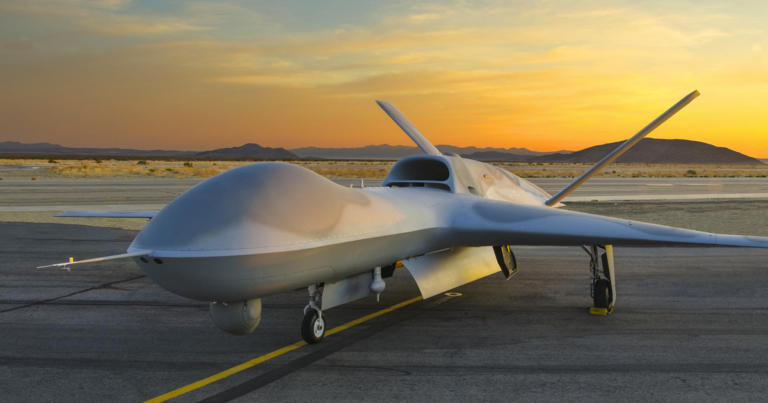Scientific Research In Antarctica Assisted By ‘Six-legged Robot’ Dog Will Leave You Amazed!
In a ground-breaking development, a six-legged robot dog created by China has passed rigorous tests in Antarctica. This robotic marvel recently underwent a series of tests near Zhongzheng Station, and the results are nothing short of impressive. The robot’s ability to function effectively in Antarctica’s extreme climate and tough terrain paves the way for exciting advancements in polar scientific research. Let’s dive into the details of this innovative technology and what it could mean for the future of exploration in such challenging environments.
The Robotic Dog: What is It?
Designed to mimic the movements of a real dog, this six-legged robot is engineered to navigate through the unpredictable terrain of Antarctica, where traditional methods of exploration can be challenging and sometimes dangerous. With its advanced technology, it’s capable of walking on ice, snow, and rocky surfaces, offering a new way to explore places that would otherwise be difficult to reach.

Its six-legged design provides stability and balance, enabling it to maintain steady movement even on icy and uneven ground, something a four-legged robot might struggle with in such conditions. This makes it the ideal candidate for missions in places like Antarctica, where every movement counts, and safety is a top priority.
Testing in the Harshest Conditions
Zhongshan Station, located in the heart of Antarctica, was the site where this six-legged robot dog underwent a battery of tests. Antarctica is known for its freezing temperatures, strong winds, and hostile environment, making it one of the most extreme places on Earth. Testing a robot in such conditions is no small feat, but the six-legged robot performed admirably.
The tests focused on the robot’s ability to handle extreme cold, move across icy and rocky landscapes, and carry out tasks essential for scientific research. The fact that the robot was able to perform well in these challenging conditions is a significant achievement in itself.
Why is This Robot So Important?
The successful testing of this six-legged robot dog holds great promise for the future of scientific research in polar regions like Antarctica. For years, scientists have faced numerous challenges when it comes to exploring remote, dangerous places. These areas often have difficult terrain, extreme weather conditions, and limited access for humans. In the past, scientists would rely on traditional methods like snowmobiles or even dogs to carry out exploration tasks. However, these methods have their limitations.
The six-legged robot dog can take on many roles, such as transporting scientific equipment, conducting surveys, and even monitoring environmental changes. It can travel longer distances, carry heavier loads, and endure conditions that would be too harsh for humans or traditional machinery.
The Future of Polar Exploration
With this robot dog successfully passing tests in Antarctica, it’s clear that we’re moving towards a future where technology plays an increasingly important role in scientific exploration. The ability to send robots to perform tasks in extreme environments could significantly enhance the speed and efficiency of research. It also reduces the risks associated with human involvement in such hazardous missions.

This robot is just one example of how technology can be used to unlock the mysteries of Earth’s most inhospitable regions. Scientists could use robots to gather data on climate change, monitor wildlife, and even explore areas that have never been reached before.
Conclusion
The successful tests of the six-legged robot dog in Antarctica represent a giant leap forward in the realm of scientific exploration. By using robots to carry out tasks in extreme environments, researchers can push the boundaries of what’s possible, making groundbreaking discoveries that would have otherwise been out of reach. This robot’s ability to adapt to the harsh conditions of Antarctica opens up exciting possibilities for future research in some of the world’s most remote regions. As technology continues to evolve, the role of robots in scientific exploration will only become more crucial, and who knows what other innovations are on the horizon!







